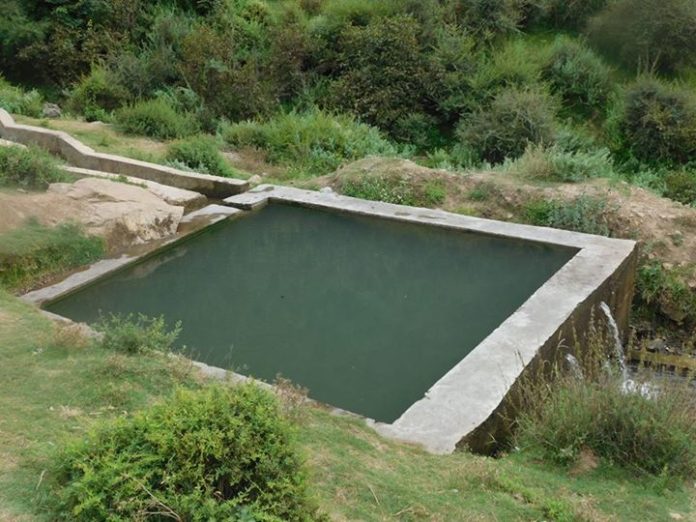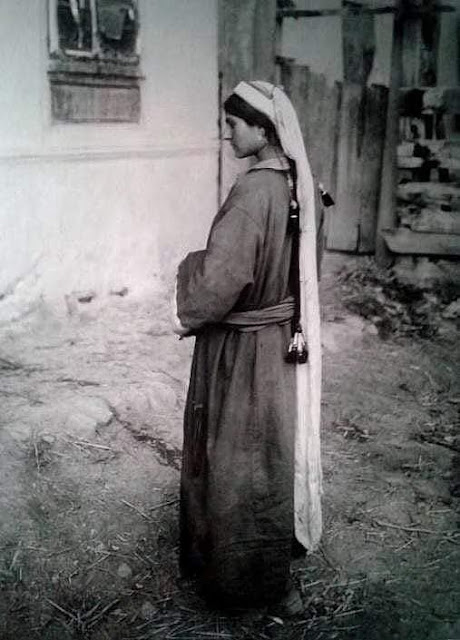
A tree cutter Prem Subba was working in a forest around the Kardo village (on a hill by the same name), about 4 kms from Ziro in Arunachal Pradesh a few years ago. Unfortunately for him, the tree fell the wrong way. When he went down the slope to retrieve it, he noticed a pointed rock sticking out from a mass of mud and shrubs. Upon clearing it, he chanced upon what looked like a Shivalinga, the symbol of Hindu God Shiva.
Not quite sure what to make of it, he brought back the local Hindu priest who confirmed it to be a Shivalinga, made by nature. And thus a holy spot was established. With locals believing it to be the largest Shivalinga in the world with a height of 25 feet and circumference of 22 feet. The site is referred to as Sidheshwarnath Temple.
[Click on any image for a larger view]
No doubt it is an impressive creation, and could well pass for a Shivalinga. A coiled featured going around is seen as the serpent king usually associated with Lord Shiva. Smaller stone formations around are believed by locals to be depicting another Hindu God Ganesha, Shiva’s wife Parvati and their son Kartik.
Whatever one’s religious convictions, there is little to beat the natural setting of this temple; Hindu places of worship are usually marked by crowds and filth sadly. And here comes the tragic part of the story: plans have been approved for a full fledged temple structure to be built around this Shivalinga. A road is already being made to transport materials, some additional Government funding has been approved and donations are being collected. Wish someone would drill sense into the heads of the head priest and others that if this Shivaling is indeed one made by nature, one should not disturb its current state. But big temples mean prestige for those concerned, God’s message be damned.
You can reach this temple after a two hour hike from Ziro. Or take your car (preferably a 4-wheel) up to the road head and take a long flight of steps taking half hour to negotiate.

































































